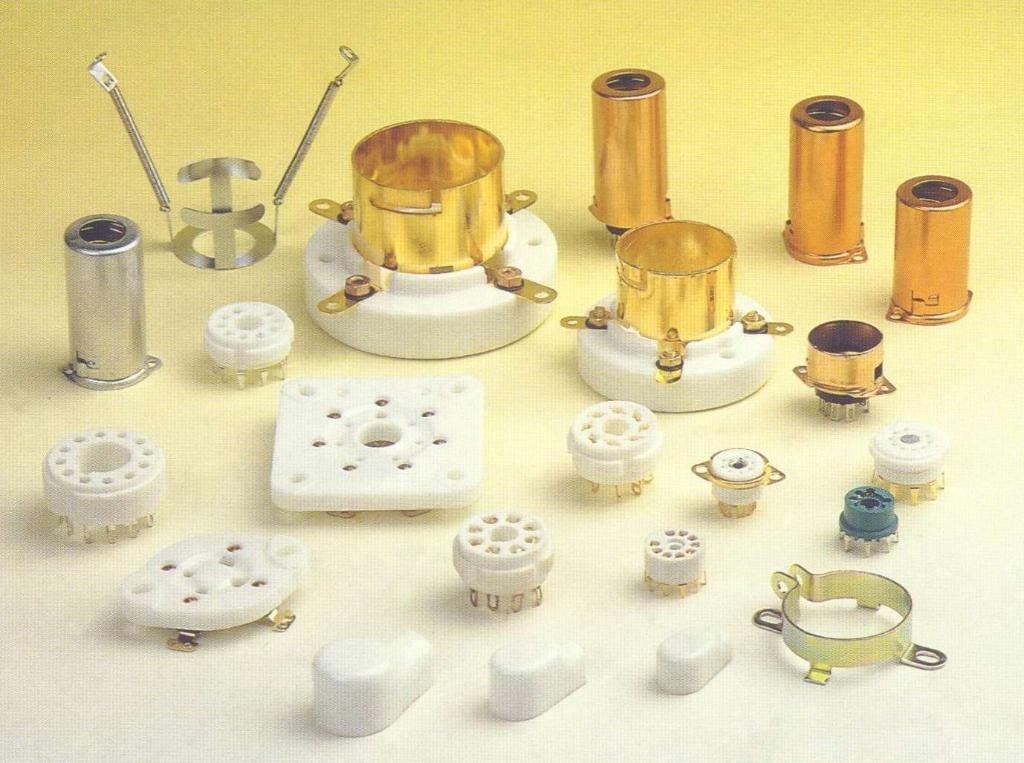
Our factory is specialized in producing radio terminals and connectors such as 4-pin, 5-pin, 6-pin, 7-pin, 8-pin, 9-pin, and 12-pin vacuum tube'ssockets with its products exported early in 1970s to Southeast Asia,Europe,America and other places.
The factory possesses modern and advanced equipments of high efficiency and automation together with strong technical force, state of the art technology as well as complete sets of testing andinspecting instruments.
As the most ideal accessories for electonic products also with great potential to be developed, our sockets and connectors enjoy good reputation at home and abroad. So welcome new and old customers for further business cooperation.